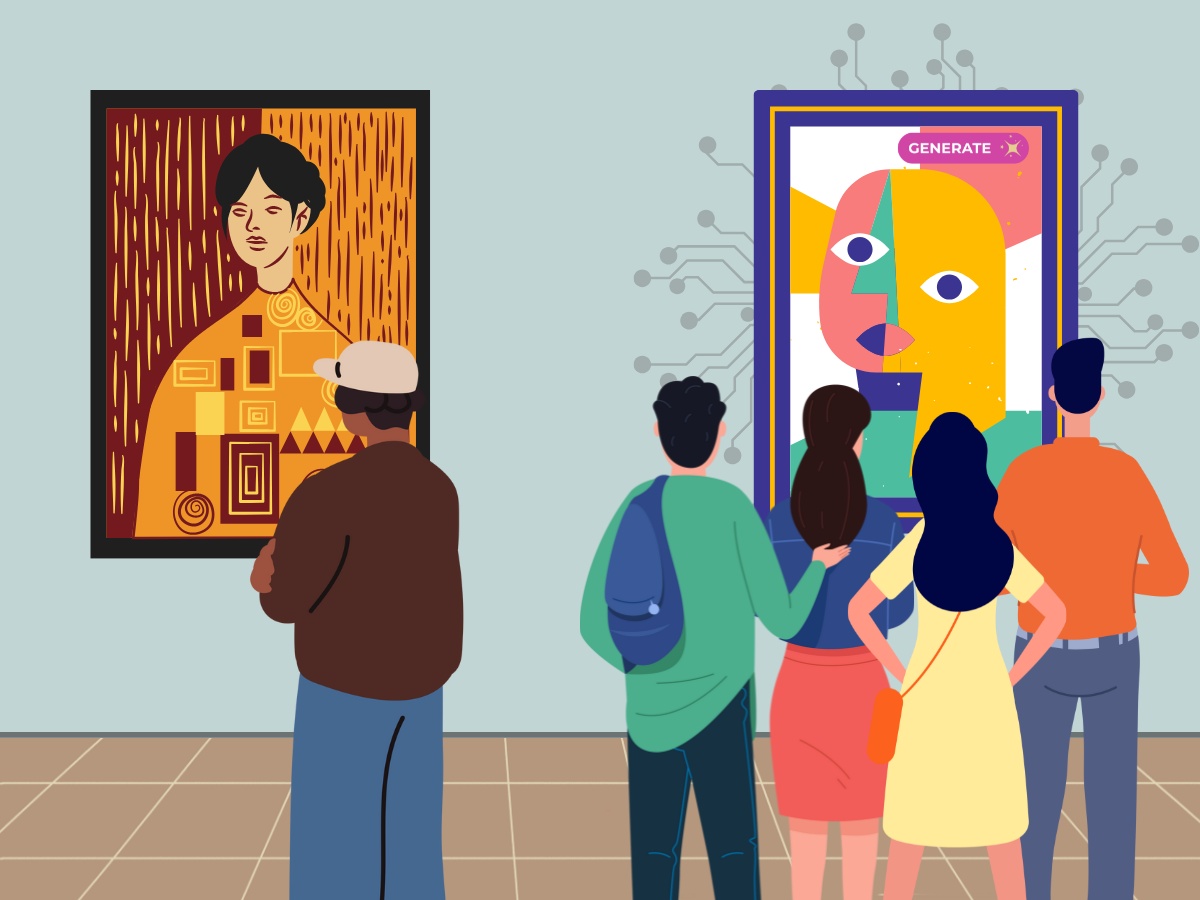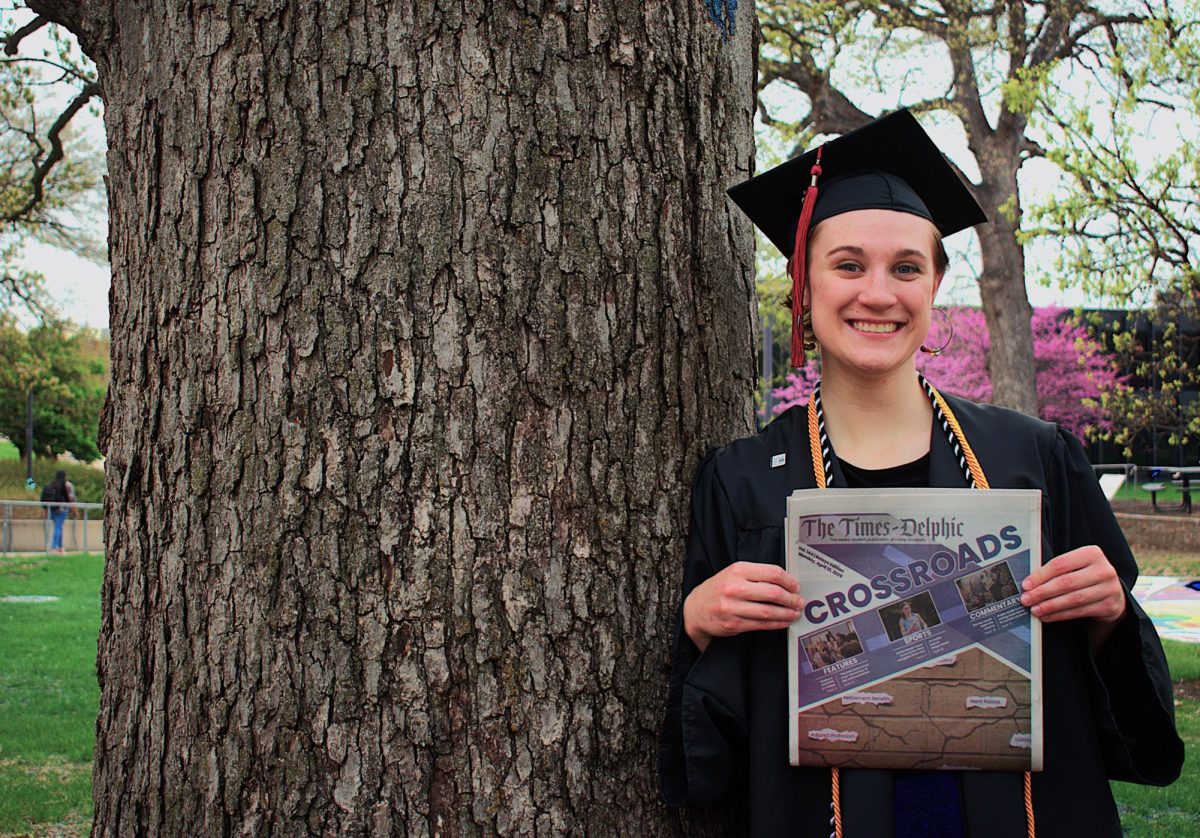The 2005 “Parineeta” is a romantic musical drama and an adaptation of the 1914 classic Bengali novella of the same name by the legendary Sarat Chandra Chattopadhyay. It explores the experience of being a woman (Parineeta roughly translates to “the married woman”) in the time period and the social dynamics in the context of religion and class through love, marriage and family.
The film focuses on Lolita (played by debutant Vidya Balan), an orphan who lives with her uncle’s family. She becomes close with their neighbors, the rich and prestigious Roy family who are family friends with her uncle’s family. The Roy family’s only heir, Shekar Roy (played by Saif Ali Khan) and Lolita grow up together and fall in love with each other. The societal and class divides that follow their love form the plot of Parineeta.
The film is a dedication to the rich literature and film of the 20th century, particularly the great poet and Nobel laureate Rabindranath Tagore, who was a contemporary of Chattopadhyay, and the Academy Award winning writer and director Satyajit Ray who was a frequent adapter of the former’s works. The film is a tribute to Ray’s 1964 film “Charulata,” which roughly translates to “the lonely wife” which in turn, is an adaptation of Tagore’s most noted works – the 1901 novella “Nastarnirh” (translating to the broken nest). Both works explore the “female gaze” in cinema and the experience of a woman in a marriage where she cannot be an equal because of social, political and class dynamics. They depict themes such as love, independence and self-respect.
The film starts with a spectacular sweeping shot of a sunset in 1950s Calcutta on the banks of the Hooghly river. This is a city that glows with beauty, love, music and poetry, but in its shadows reside the seemingly unbreakable barriers of class, wealth and socio-political ideologies. It is also, as the film states, the city of Lolita and Shekhar, childhood sweethearts and budding musicians. For Shekhar, a young boy raised by an aristocratic noble family filled with notions of class, politics and greed, Lolita is the personification of everything he’s ever longed for – compassion, honesty and music. For Lolita, Shekhar is everything she’s never had – comfort, stability and respect.
The first track of the musical “Soona Man Ka Aangan” (the courtyard of the heart is empty) is sung by a heartbroken (now-adult) Shekhar on the eve of his marriage with the daughter of a business tycoon. The song features a flashback to his childhood – the colorful montage of a young Shekhar and Lolita growing up together, falling in love with music and each other. The song is a beautiful rendition of Tagore’s classic folk song “Phoole Phoole” (the flowers bloom) which is used in conjunction with a shot of Lolita on the swing as Shekhar plays the guitar – one of cinema’s most iconic shots that were first used by Roy in his film “Charulata.” The song shifts from its haunting melody that represents the heartbreak and self-loathing of Shekhar’s present to the kaleidoscopic visions of the past as it transforms into an ode to first love and the blossoming of flowers on the eve of spring.
The film’s soundtrack is breathtaking – “Piyu Bole” (the koel bird sings), a beautiful duet, is a song of a love that has matured and found its roots. “Kaisi Paheli Zindagani” (life is but a puzzle) is a cabaret-style jazz number that is inspired by Louis Armstrong’s “A Kiss To Build a Dream On.” “Raat Hamari Hai”(the night is ours) is haunting and heartbreaking while “Kasto Mazza” (Oh, the fun) is joyful and melodious.
The film is an absolute feast for film students and cinephiles alike – filled with iconic shots and musical blocking and staging, it could easily become a game of who catches the most references. “Parineeta” owns its over-the-top musical-melodramatic sequences, unlike most modern musicals that prefer subtlety. It’s metaphorical, bursting with love for classical literature, vintage cinema and music, while also being incredibly courageous as it adapts the work of legends and gives it its own unique narrative.
The screenplay reads almost like poetry. It never lets you down, keeping you constantly engaged with its drama and music. The vintage cinematography and lighting are brilliant. Each shot looks like a painting that could have multiple interpretations. The production and costume design is remarkable, transporting the film to the 1950s with ease. The editing is almost gentle, letting the scene breathe and communicate before it cuts. There is confidence in its narrative; this isn’t a film that is afraid of taking risks; it thrives in its symbolism and allegory. The direction, staging, and music are flawless with every sequence being emotionally charged and visually stimulating. However, this film’s best feature is the performances of its ensemble cast – particularly Balan as Lolita (in her debut!) and Khan as Shekhar who leave no stone unturned in delivering this classic with their own interpretations.
“Parineeta” is a classic musical in its own right, armed with one of the most versatile and gorgeous soundtracks of all time, career-defining performances, a screenplay that is astoundingly confident and brave, and a narrative that doesn’t just own its melodramatic sequences but thrives on them. This one is a must-watch for all the classical musical theater fans and cinephiles!







